Chulalongkorn University Pursues Joint Research and Exchange Initiatives with UM and UPM
Thai Delegation Visits Leading Malaysian Universities to Advance Academic Collaboration and Internationalisation
Chulalongkorn University (CU), Thailand’s oldest and top-ranked institution, is seeking to enhance its global standing. To explore effective strategies, a delegation led by Vice President for Academic Affairs, Professor Dr Parichart Sthapitanonda, visited three leading Malaysian universities. Although CU currently ranks 229th in the QS World University Rankings and leads nationally in 34 disciplines, its global position has fluctuated between 201 and 271 from 2012 to 2025. This trend has prompted a renewed ambition to improve its international profile.
Malaysia’s progress in higher education was a key point of interest. The University of Malaya (UM) rose from 156th in 2012 to 60th in 2025, while Universiti Putra Malaysia (UPM) advanced from 360th to 148th, according to QS rankings. These rankings, published by Quacquarelli Symonds, assess institutions based on research output, teaching quality, graduate employability, and internationalisation. In 2025, the top global universities included MIT, Imperial College London, Oxford, Harvard, Cambridge, Stanford, ETH Zürich, NUS, UCL, and Caltech. QS also provides subject-specific and regional rankings, which further inform institutional benchmarking.
During the visit to UM on 23 July, CU delegates were briefed on the university’s ranking strategies. These included increasing international student enrolment and enhancing academic publication output to improve citation rates. UM officials also emphasised their structured use of Key Performance Indicators (KPIs), which were reportedly more defined than those at CU. Dr Yahaya Ahmad, Associate Vice-Chancellor for Corporate Strategy, noted that international students comprise 20–25% of UM’s 44,000-strong student body, a factor that significantly contributes to its global visibility. Dr Ahmad further attributed UM’s ranking success to its strong employer reputation and targeted government support. He explained that approximately 70% of UM’s funding is state-provided, compared to CU’s 30–35%, which relies more heavily on tuition fees and property income. He also outlined UM’s peer review process, involving 400 selected participants, half faculty, half students and shared the university’s aspiration to enter the global Top 50 by next year, a goal that reportedly impressed the Thai delegation.
Internationalisation was identified as a key area for improvement at CU. Delegates acknowledged that the predominance of Thai-language instruction posed a barrier to attracting international students. Pokai Sriratanobhas, Assistant to the President for Human Resources Management, stated that only around 8.5% of CU’s student population, approximately 3,200 individuals, are from overseas, compared to UM’s 20–25%. UM, meanwhile, expressed its intention to expand and diversify its international student base, noting an overrepresentation from China. The university highlighted that some ranking systems consider both the number and diversity of foreign students. Both institutions agreed on the need to increase student exchanges, particularly as CU currently hosts only 52 Malaysian students. Following the meeting, Professor Dr Parichart Sthapitanonda told Khaosod English that top global universities are competing vigorously to attract talented students. She acknowledged CU’s challenges in recruiting qualified international faculty and researchers, many of whom come due to personal ties to Thailand or post-retirement interests. She also noted difficulties in streamlining work permits for foreign academics. On the student side, CU representatives emphasised the importance of branding and alumni repatriation in influencing global rankings.
At UM, officials elaborated on their use of KPIs, including metrics such as research output and citation rates, which directly impact ranking outcomes. Associate Professor Ake Pattaratankun, CU’s branding advisor and marketing lecturer, remarked that academic reputation accounts for 60% of CU’s QS ranking score. He noted that CU ranked 44th in the 2025 Times Higher Education Impact Rankings and, despite challenges in internationalisation, has been successful in attracting global media attention—an area UM expressed interest in learning from. CU has adopted unconventional strategies to enhance its international profile, including training COVID-19 detection dogs and launching a media fellowship programme for foreign journalists. These initiatives have significantly boosted its global visibility. The delegation also visited UPM, which was commended for its leadership in sustainability and global engagement. UPM hosts 7,000 international students from 80 countries and maintains partnerships with leading institutions such as Pantheon-Sorbonne University.
During the visit, Associate Professor Dr Ake Pattaratankun noted that CU’s School of Agricultural Innovation, established only a decade ago, remains in its developmental phase. He expressed interest in learning from UPM’s agricultural expertise. In support of this, Assistant Professor Dr Jessada Salathong proposed staff and faculty exchanges to facilitate mutual learning. A UPM host remarked that their offerings might exceed those CU had experienced at UM and highlighted UPM’s existing collaboration with Thailand’s Kasetsart University. Dr Ake acknowledged the limited number of Malaysian students at CU, approximately 50 and agreed to explore a formal student exchange programme.
UPM representatives clarified that their institutional rise was driven by embedding effective practices into their academic culture, rather than focusing solely on QS metrics. Assistant Professor Sornate Areesophonpichet identified Thailand’s strengths in food, agriculture, tourism, and healthcare as strategic areas for CU’s engagement. She also mentioned the forthcoming Higher Education Fund, expected to be operational by 2026–2027, as a potential catalyst for institutional advancement. The delegation raised concerns about CU’s healthcare infrastructure, noting that Chulalongkorn Hospital is operated by the Thai Red Cross Society and not directly by the university. This lack of institutional control reportedly affects CU’s standing in international rankings, where ownership of a teaching hospital is a significant factor.
On internal evaluation practices, Professor Dr Parichart expressed reservations about the frequency of KPI reviews. She advocated for an annual review cycle at CU, citing its benefits for staff morale and work quality. She noted that UM’s biannual reviews had reportedly led to faculty resignations due to stress. Regarding publication expectations, CU requires three academic papers over five years, with some flexibility for underperformance. In contrast, UM mandates two publications annually. Professor Parichart described UM’s approach as excessively demanding, likening it to “constant whipping.”
During a debriefing with Thai journalists, Professor Parichart reiterated that the delegation’s visit, including a closed-door session at UCSI University—was primarily aimed at strengthening academic ties with Malaysian institutions, rather than pursuing rankings. Nonetheless, the impressive rise of Malaysia’s top universities had naturally piqued CU’s interest. Pokai Sriratanobhas added that CU must evolve beyond its legacy as Thailand’s oldest university, cautioning that overreliance on historical prestige could lead to complacency. He reminded the group that CU was founded 108 years ago and must now adapt to contemporary academic demands.
In terms of concrete outcomes, the visit resulted in an agreement in principle to pursue academic collaboration across several domains. These include joint research initiatives and matching grants, with one proposal involving a $100,000 fund to be shared equally between CU and UM. This initiative was viewed as a means to foster an “organic relationship” between the institutions. Additional proposals included high-level reciprocal visits, expected before the end of 2025, and the development of shared academic programmes. Further discussions are planned between CU and both UM and UPM. The institutions also explored student exchange schemes and joint academic events such as seminars and symposiums, with long-term mutual learning initiatives forming a key part of the dialogue.
Specifically with UPM, both parties agreed to explore partnerships in agriculture, encompassing joint research dissemination, academic staff exchange, and student mobility programmes. These efforts reflect a shared commitment to advancing regional academic cooperation. The visit marked a strategic step towards deepening Chulalongkorn University’s engagement with Malaysian institutions, with a clear focus on collaboration, innovation, and global competitiveness.
Editor’s Note
Chulalongkorn University recently undertook a strategic visit to key Malaysian institutions to bolster academic partnerships. This initiative underscores the university's commitment to fostering global engagement through collaborative efforts, rather than solely focusing on university rankings. Senior university officials led the discussions, which encompassed diverse areas such as internationalisation, research funding, staff development, and student mobility. These exchanges provided valuable insights into the common challenges and opportunities confronting universities across the region.
Skoobuzz observes that as Thailand’s oldest university, Chulalongkorn is now looking beyond its legacy to embrace a more dynamic and outward-facing role in global higher education. The outcomes of this visit, including proposed joint programmes and exchange initiatives, signal a commitment to long-term cooperation and mutual learning.







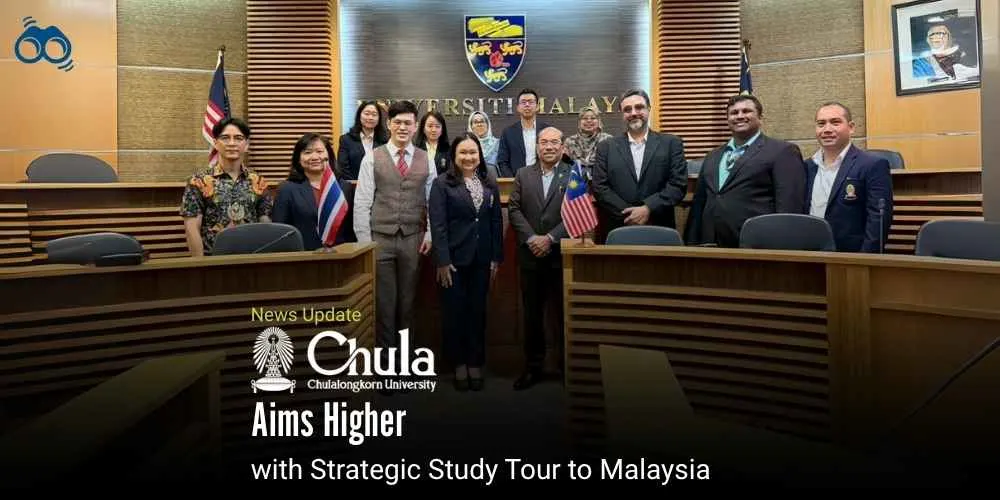
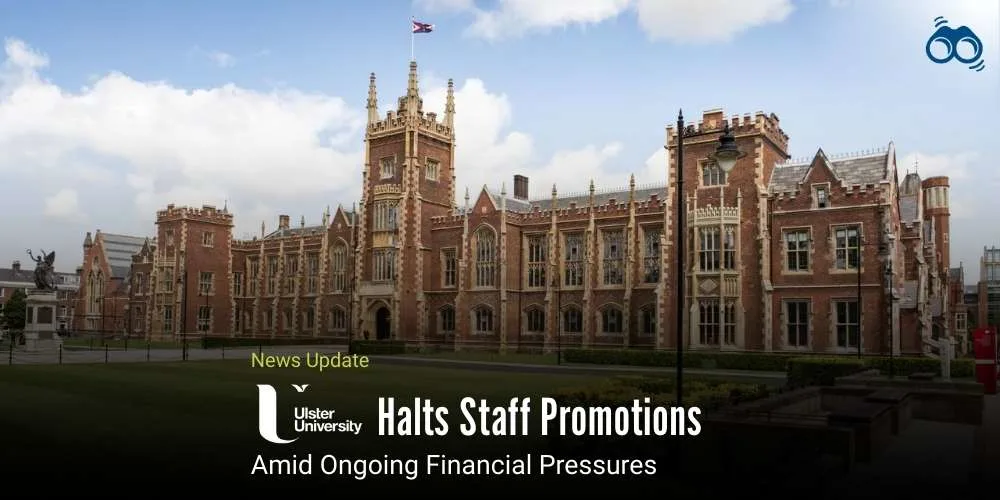
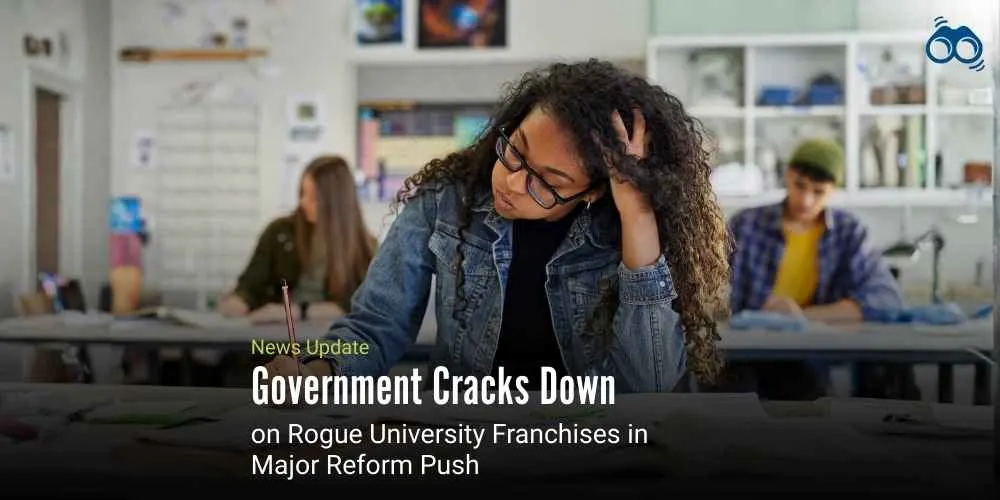
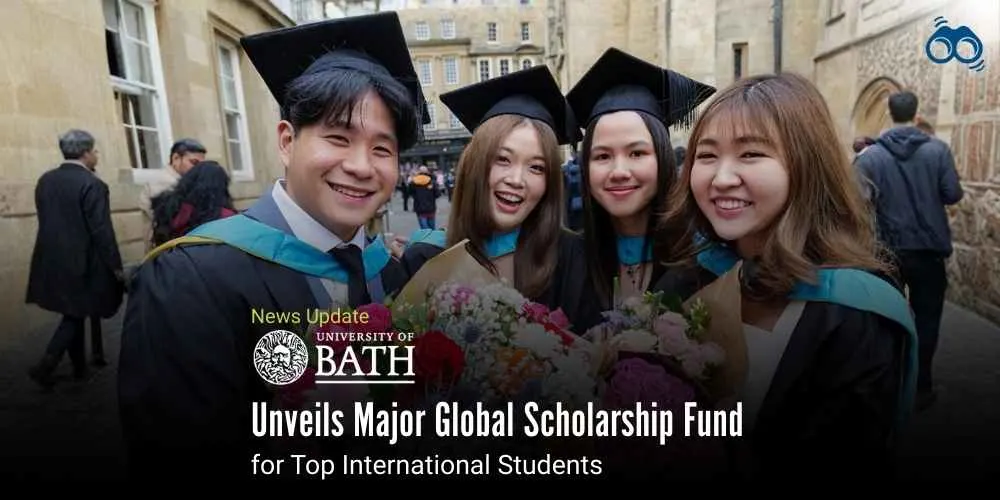
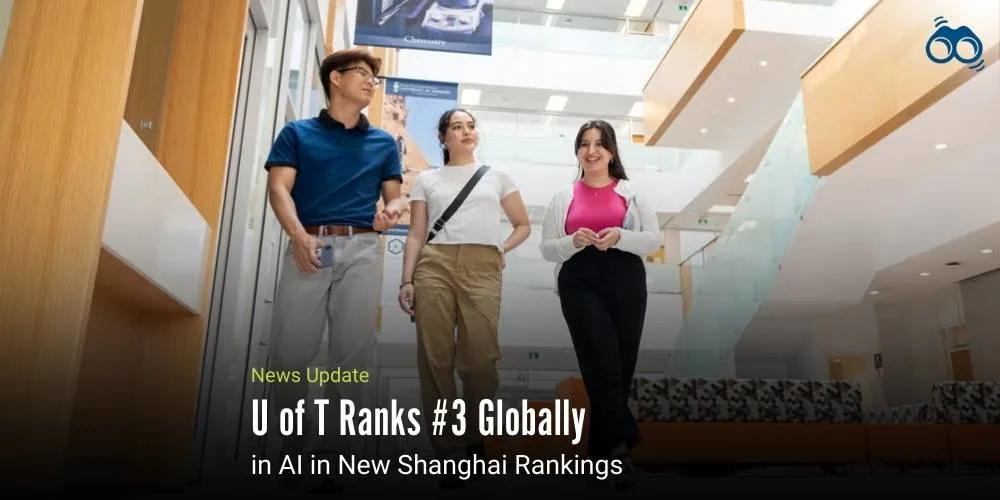
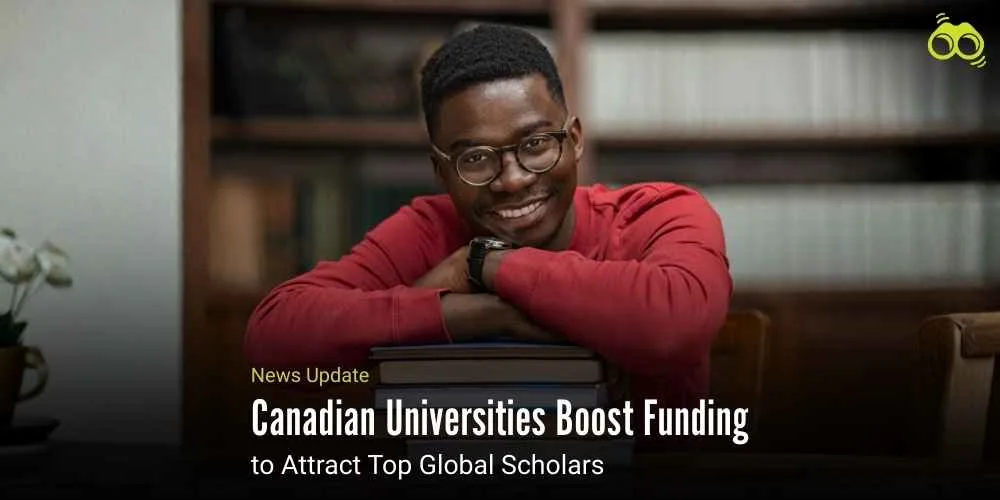

0 Comments (Please Login To Continue)